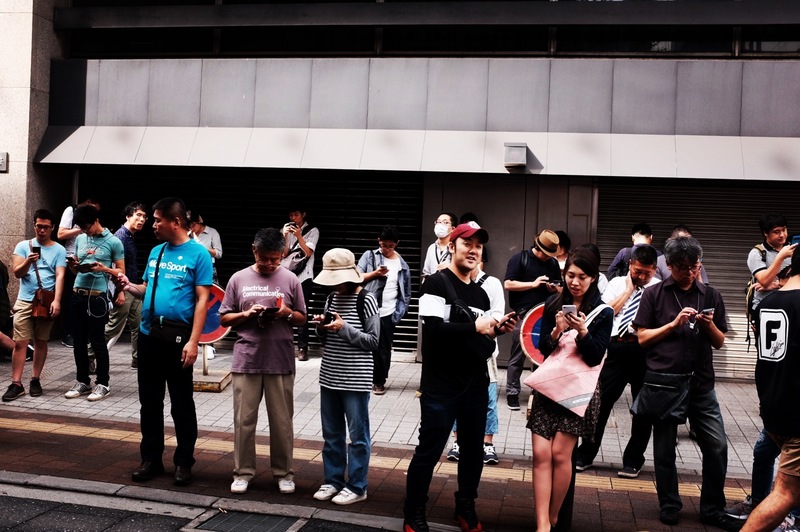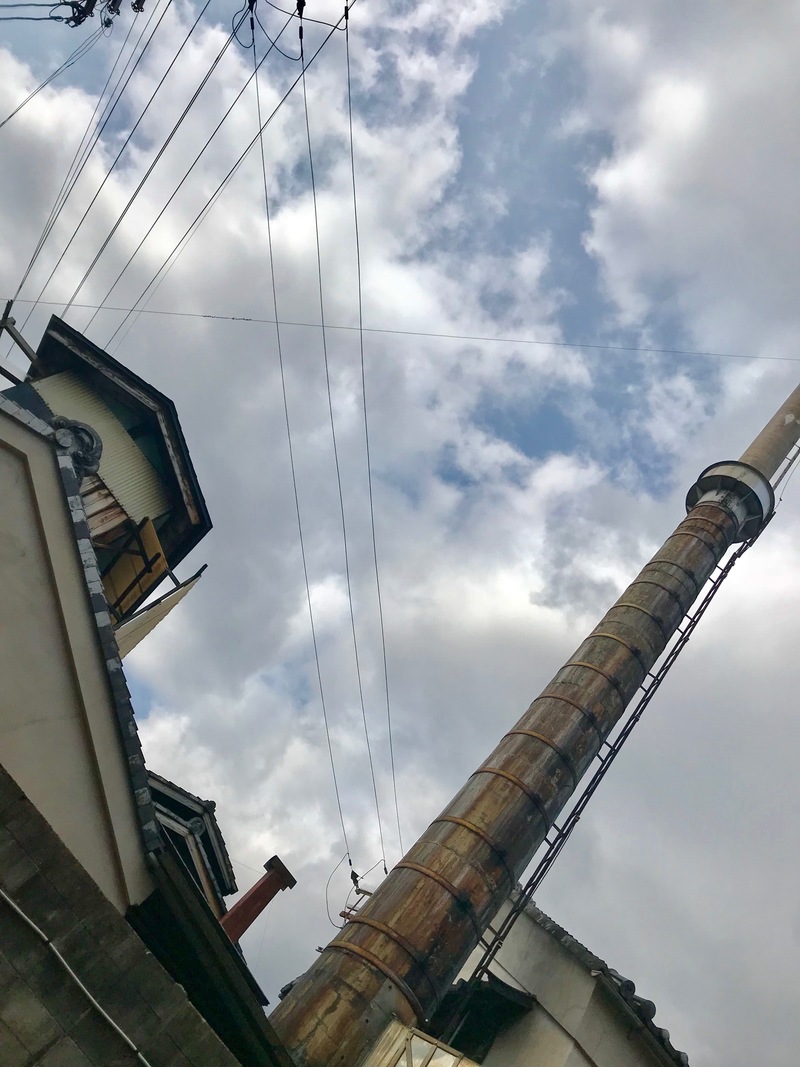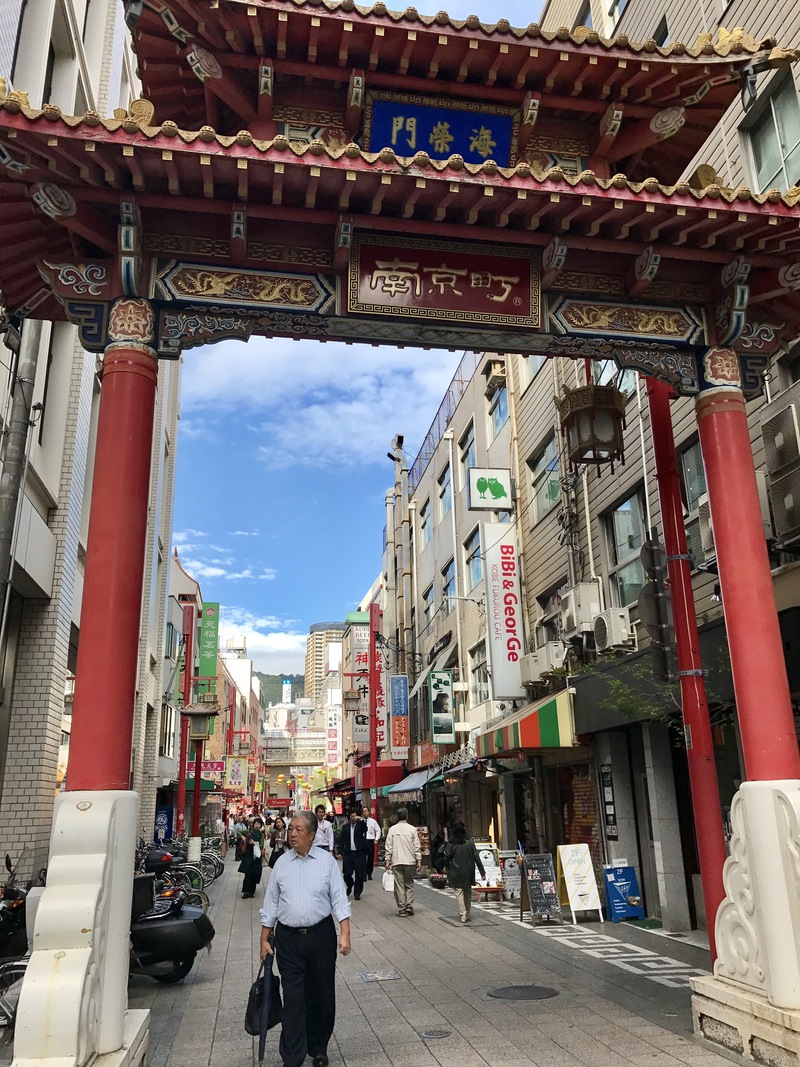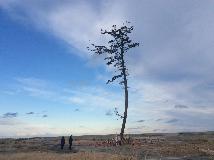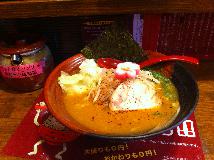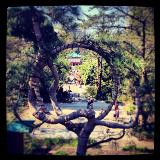The live-in students at Iwama dojo wake at 5am every morning in the dark and very quietly get dressed, grab narrow-pronged bamboo rakes known as kumade (pictured above) and walk in silence from the dojo on the gravel driveway to the small road and the Shrine area on the other side. You hear the sound of our footsteps in the first recording - loud crunching noises that pierce the quiet pre-dawn. On that day we were using the rakes with the fine tynes to produce the fine straight furrows in the gravel clearing (shown in the middle of the photo above). The straw brooms (pictured above on the right) would be used on days that the students swept fallen leaves and twigs from under the large trees in groves lining the clearing. The daily care of the shrine is both important for the maintenance of this spiritually significant space, but also is an integral part of the student's daily training.

Bamboo brooms and rakes used to sweep clean the Aiki Shrine every morning

Sweeping at the Aiki Jinja
Click to Play Sound: Sweeping gravel at Aiki shrine, Iwama
Four of us raked the gravel on the day of the above recording, dragging the tynes of the rake backward in a straight line from the right of the space to the left, covering over our own footprints. You hear the sounds of the rake in the clip below in the still darkness before dawn. This is a part of the 'total practice' of martial training for the kenshusei (live-in students) of the dojo; the maintenance of the Aiki shrine, including the daily sweeping of the gravel and removal of the leaves under the trees on either side of the gravel, is conducted in silence, with care and attentiveness. I was aware of the difficulty in producing a smooth straight and parallel line with the bamboo rake. Any bit of wood or larger stone would interrupt the pattern. One could feel those hesitations and disruptions as well as hear them in the scraping sound, and this required a slight backtrack as one keeps working towards a smooth continuous line. It is important to note that I'm a novice at this craft and was also clutching my recording device in my hand while sweeping which was challenging, but the sound of my rake captured in the short clip below felt akin to the more distant sounds made by the other more experienced students working at the same time.
Photos, recording and text: Tamara Kohn
